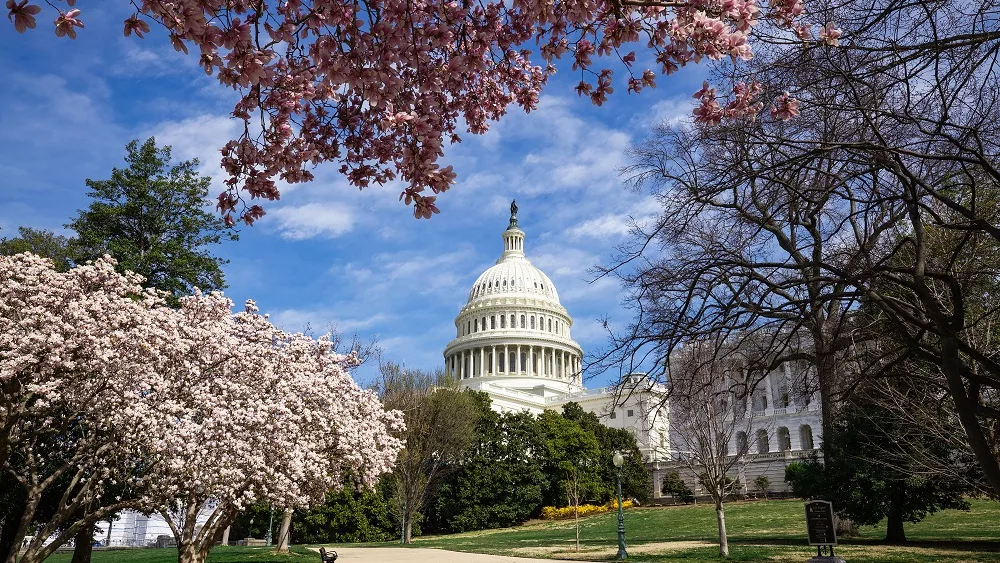Rabo AgriFinance recently surveyed colleagues around the world to ask them what a post-COVID world would look like for grains and oilseeds. The results showed that there were seven main trends. According to Steve Nicholson, senior grains and oilseeds analysts for Rabo AgriFinance, there was a lot of overlap.
“The first trend is one that we’ve seen in the United States is increased government intervention,” he said. “It takes a couple different forms and one of the first overlaps is trade. The governments will become much more involved in trade and domestic production of grain. We could see potential situations where governments will be a little more protectionist because they’ll want to encourage domestic production, so they have more food security.”
Consumer habits have also changed with more people making and eating food from home instead of at a restaurant.
“That was a huge change and why we saw changes in supplies available at the grocery store,” said Nicholson. “Every day that goes by that we are in this pandemic, it cements habits of consumers. Once we get past COVID, those habits now will become normal.”
Nicholson said one of the most concerning trend globally was the decline of fuel and ethanol use. Short term, there is a fear that fuel usage will decrease this fall and winter into flu season.
“[People] are very concerned about a spike in coronavirus cases, which will keep people at home,” he said. “When you look at the longer term and how this is going to change our habits, we don’t need to go to the office. It’s changed that we’re not driving, flying and changing the whole biofuel and energy sector completely.”
One of the biggest surprises for Nicholson was the digitization of supply chains and what that means for farmers purchasing inputs.
“Farmers will go to an Amazon-type platform for seeds and chemicals, and have them delivered directly to the farm and not necessarily go to the local store or agronomy center,” said Nicholson.
The other trends Nicholson anticipates changing will be U.S. and global feed demand and the deglobalization of supply chains.






